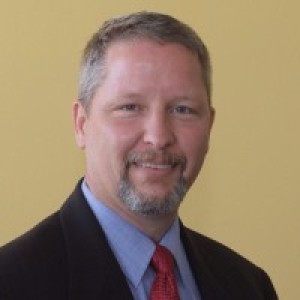- Video Library
- James Lancaster Presents Solenic Medical at LSI USA '23
James Lancaster Presents Solenic Medical at LSI USA '23

James Lancaster
James Y. Lancaster, Chief Executive Officer, is a seasoned entrepreneur and business development executive with 30 years of experience across multiple industries. He was most recently the Founder and Managing Director of the Innovate Family of Companies with client technologies including a variety of software, innovative materials, internet-of-things, robotics, autonomous vehicles, drone technologies, medical device, biological control, and waste recycling technologies. Prior to becoming an entrepreneur, he worked for Deloitte Consulting in Dallas with Fortune 500 and held other executive positions in business software and services, medical technologies, and IT solutions.
James Lancaster
James Y. Lancaster, Chief Executive Officer, is a seasoned entrepreneur and business development executive with 30 years of experience across multiple industries. He was most recently the Founder and Managing Director of the Innovate Family of Companies with client technologies including a variety of software, innovative materials, internet-of-things, robotics, autonomous vehicles, drone technologies, medical device, biological control, and waste recycling technologies. Prior to becoming an entrepreneur, he worked for Deloitte Consulting in Dallas with Fortune 500 and held other executive positions in business software and services, medical technologies, and IT solutions.

17011 Beach Blvd, Suite 500 Huntington Beach, CA 92647
714-847-3540© 2025 Life Science Intelligence, Inc., All Rights Reserved. | Privacy Policy







